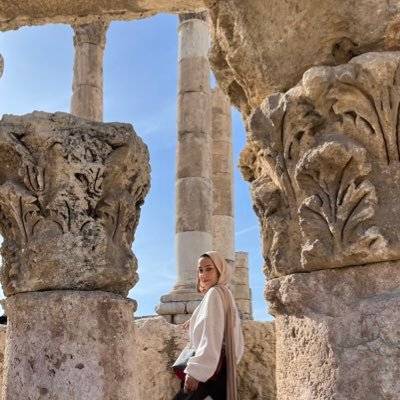What: The 1980 Berber Spring
Where: Tizi Ouzou, Algeria
When: 20 April 1980
What Happened?
On 10 March 1980, Algiers’ decision to cancel a conference in the University of Tizi Ouzou by renowned Kabyle (Berber) poet Mouloud Mammaeri because of the “risk of public unrest” sparked a rebellion. Protests ensured as a result of what was viewed as “repression” by the state with students and professors barricading themselves in to the university.
#NotInMyName: Bouteflika congratulates Assad
The protests snowballed and the following day over 200 students began a march and an indefinite strike in Tizi Ouzou. Civil action reached Algiers but by 7 April security forces had curbed protests by thousands of students demanding the state recognise the Kabyle language of Tamazight and their self-determination.
Tensions reached a new high on 19-20 April when police stormed the Tizi Ouzou University, which had become a hotbed for protests, to clear out the barricaded students and teachers. Many of those present were injured in the break up with reports of beatings and rape surfacing later.
What Happened Next?
Since 1980, Algerians as well as the Kabyle across North Africa commemorate the anniversary of the Berber Spring on 20 April every year. Another memory that has spurred on the importance of the event was on 18 April 2001 when during preparations for the 21st anniversary of the Berber Spring an 18-year-old student was killed whilst in police custody in Tizi Ouzou.
The incident sparked riots and confrontations between civilians and the security forces which spread through the region and resulted in the deaths of around 123 protestors – the deadliest events in the movement’s history. It became known as the Black Spring.
The Citizens’ Movement was created as a result of the bloody events in the spring of 2001 and has since propelled other political movements to front the cause of Kabyle identity.
Though the Berber Spring was suppressed by the Algerian authorities, it helped create a lasting legacy for the Kabyle in North Africa. Many of today’s prominent Kabyle politicians and activists made their name during the Berber Spring events, and organisations such as the Rally for Culture and Democracy (RCD) and the Kabyle Cultural Movement (MCB) were created by activists who had been part of the spring movement. The Socialist Forces Front (FFS), which was once led by the revered Kabyle Hocine Aït Ahmed, is one of the main political parties that the majority of the Kabyle back in elections.
Since the dismantling of the one-party FLN system in 1989 a few of the organisation’s demands have slowly been met by the Algerian state. Constitutional amendments in 2016 recognised Tamazight as one of Algeria’s official language.
The views expressed in this article belong to the author and do not necessarily reflect the editorial policy of Middle East Monitor.








